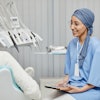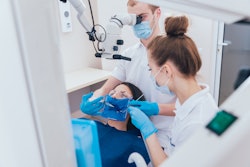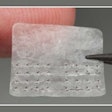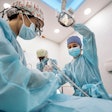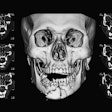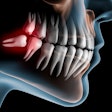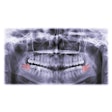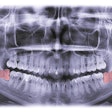
Researchers at the University of Pennsylvania School of Dental Medicine are transforming stem cells from gum tissue into cells that support nerve regeneration, according to a press release dated July 18 from the university.
They have successfully transformed gingival mesenchymal stem cells (GMSCs) into Schwannlike cells, which aid nerve regeneration by producing growth factors and myelin, the protective coating around nerves, according to the release.
"We wanted to create a biological approach and use the regenerating ability of stem cells," Dr. Ahn Le, PhD, chair and professor of oral rehabilitation in the department of oral and maxillofacial surgery at the university, said in the release.
When repairing major nerve injuries in the craniofacial region, surgeons often use a nerve from an arm or leg to restore movement or sensation. This method, known as an autograft, is the standard treatment, but it can damage a previously healthy body part and doesn't always achieve full and functional nerve regrowth, according to the release.
For over a decade, the team has researched using GMSCs to regenerate various craniofacial tissues and treat jaw osteonecrosis caused by bisphosphonates, a drug for metastatic cancer and osteoporosis. They demonstrated that infusing a collagen scaffold with these cells and using it to guide facial nerve repair in animals was as effective as an autograft procedure.
While the initial repaired gap was small, the team is refining the method to repair larger gaps often resulting from trauma or tumor-removal surgeries. This approach may enable patients with oral cancer or facial trauma to use their own tissue to regain motor function and sensation after repair, according to the release.
"I'm hopeful we can continue moving this forward toward clinical application," Le said.

